Professional Pneumatic Control Valve Manufacturer
Pneumatic Control valves are used as the most important management device in fluid managing methods. They are features below :
- Fast and powerful
- Reliable quality .
- Compact design.
- Minimum stress drop.
Get in Touch with Us
BCST your Expert Pneumatic Control Valve Supplier in China
The BCST pneumatic control valve is a valve that regulates the flow of fluid. The major role is to switch the airflow. It sustains to keep up the pressure. Pneumatic control valves can perform the simplest function of turning a single flow path on and off.
BCST Pneumatic control valves are long established in all industries, from medical to chemical, automated to corrugated board. Due to the availability of compressed air, cleanliness and ease of use, the number of markets using this technology is enormous.
BCST your One-Stop Pneumatic Control Valve Solution in China
BCST substantial choice of pneumatic control valves gives the fine answer to your requirements. BCST is a skilled and experienced pneumatic control valve manufacturer and exporter. As an ISO-registered company, BCST has a robust expert heritage and expert technical team with over 20 generations of producing and export experience.
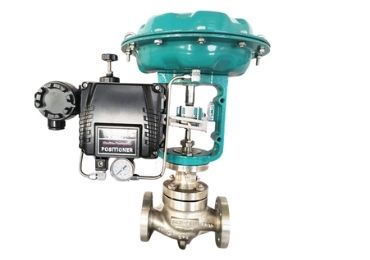
Pneumatic Globe Control Valve
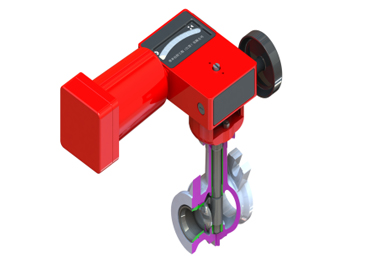
Pneumatic Rotary Control Valve
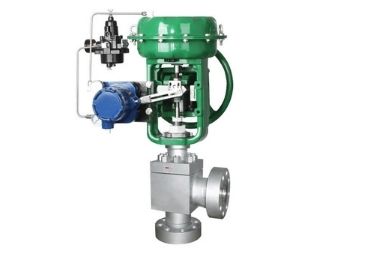
Pneumatic Angle Control Valve
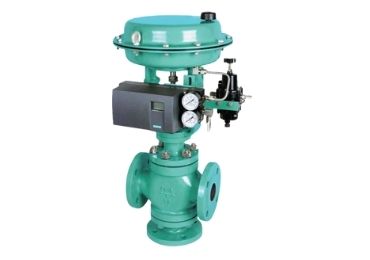
Pnematic Three Way Control Valve
The angle control valve is suitable for a medium with a solid body such as slurry, etc
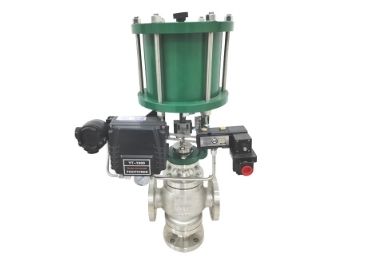
Pneumatic Piston Control Valve
Globe control valve regulates flow by linear movement with spherical body shape.
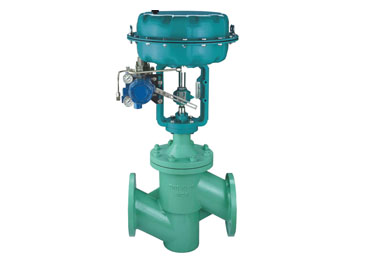
Pneumatic PTFE Control Valve
Linear control valve feature with high accuracy flow control and simple design.
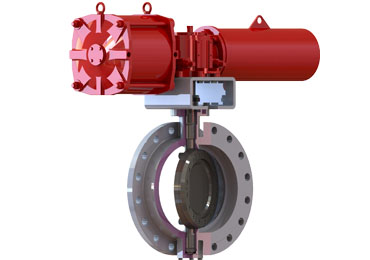
Pneumatic Butterfly Control Valve
The butterfly control valve is an economical selection with lower accuracy than others.
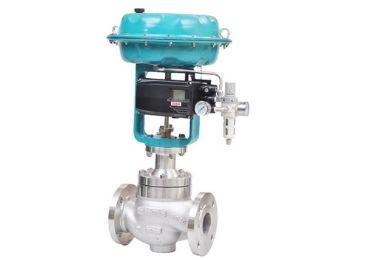
Pneumatic Two Way Control Valve
The segmented ball control valve is suitable for erosive or viscous fluid and solid-containing liquid.
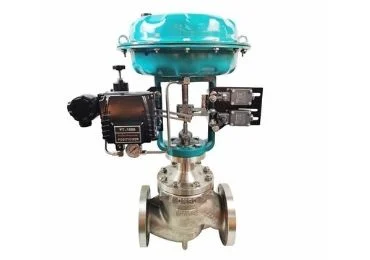
Pneumatic Liner Control Valve
The three-way control valve is a globe valve with three pipelines to mix or diverge the fluid service.
BCST your BEST Supplier for Control Valve
BCST has advanced pneumatic control valves with its very own specifications that meet the maximum vital primary concepts of process control. Our control valves are CE, SIL2 and RoHS approved. BCST is one of the main dependable and strong control valves producers in China. If you`re trying to find a skilled producer for your subsequent project, with robust technical heritage, expert team, and budget-pleasant merchandise, BCST is your maximum appropriate choice.
BCST is your expert associate for managing valve solutions. Welcome to visit our factory.
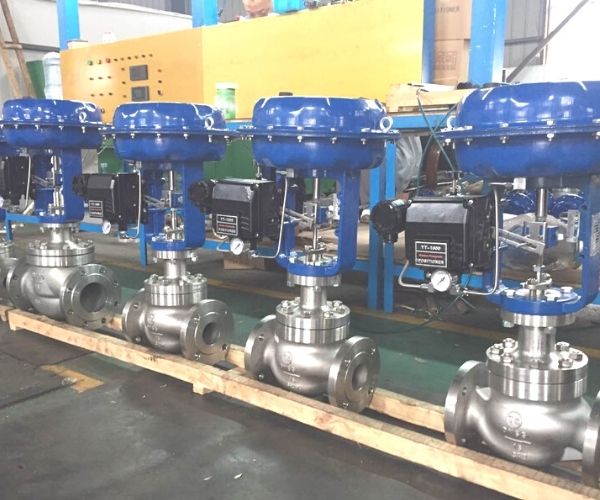
BCST Pneuamtic Control Valve Quality Control

Design
- Technical software caculation
- Technical team meeting
- CAD drawing confirmation
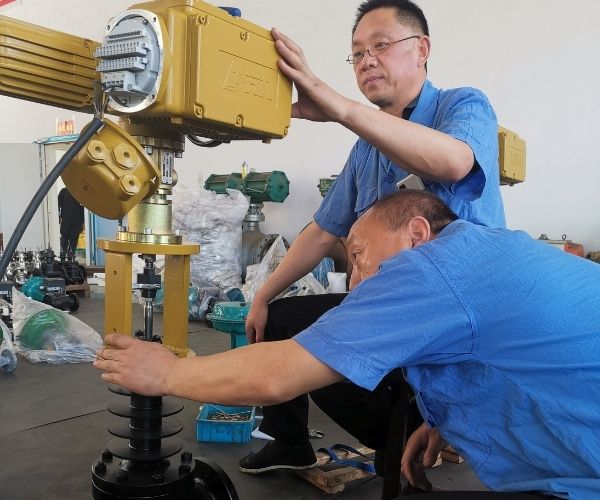
Assembly
- Installation
- Calibration
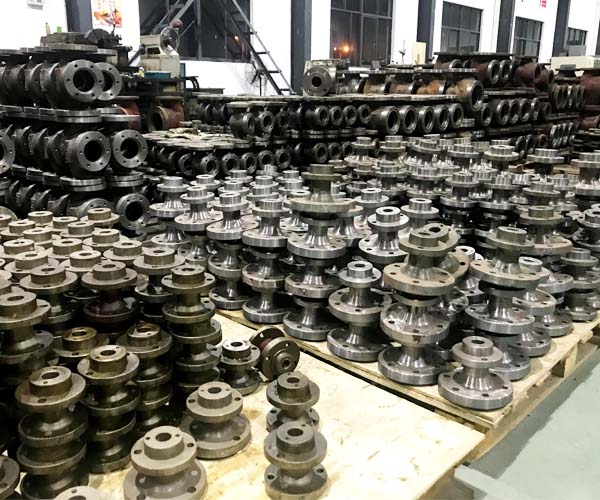
Raw Material Inspection
- Chemical Analysis
- Mechanical Propery
- dimension Checks
- Visual Checks
- Non-destruction Examination
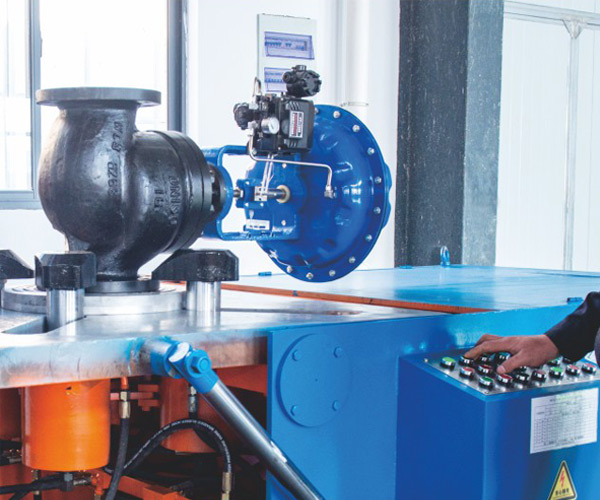
Hydrostatic Test
- Shell test
- Sealing test
- Leakage test
- Air test
- Function test
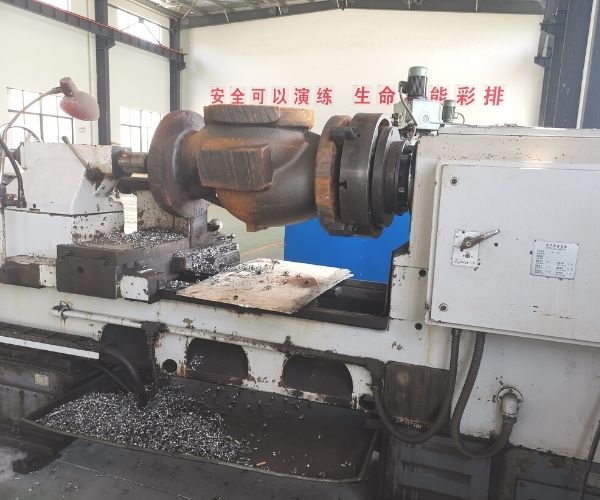
Machining
- CNC machining
- Visual checks
- Dimensional checks
- Liquid penetration test
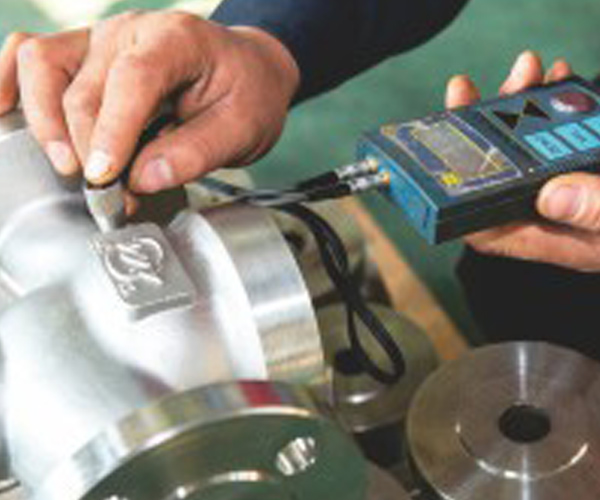
Outlook Treatment
- Surface Polish
- Painting
- Visual inspection
- Thickness checks
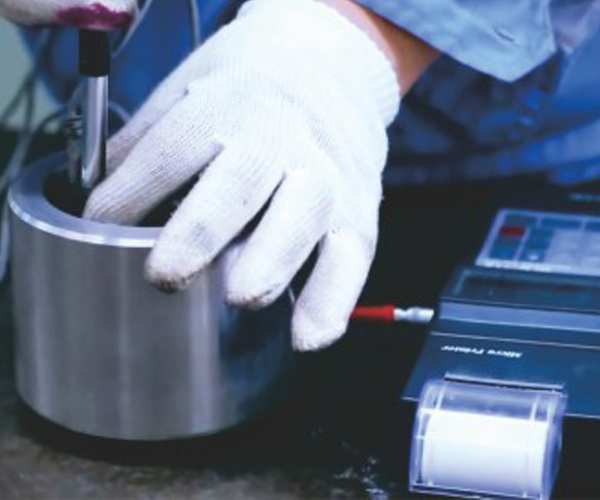
Spart Part Test
- Visual checks
- Liquid penetration
- Test
- Hardness test
- Lapping
- Dimensional checks
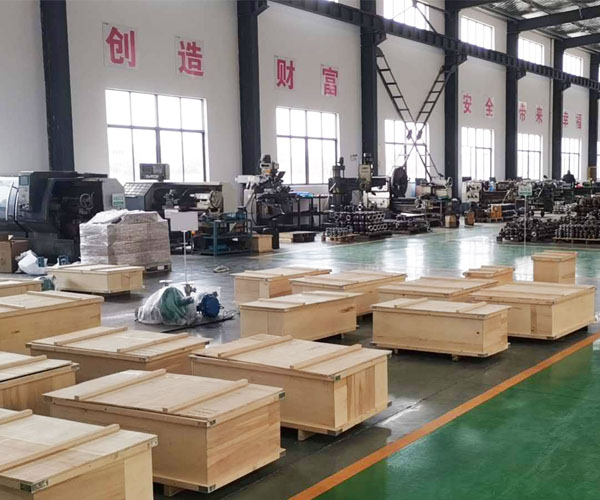
Packing
- Marking
- Exported wooden box
Get the Latest Catalogue Now!
Why Purchase Pneumatic Control Valve From BCST
BCST control valve has composed of a pneumatic diaphragm actuator or piston actuator; there are three types of the valve seat.
- One is P style low flow resistance straight single-seat valve,
- Another is low resistance sleeve valve
- Thirdy, N-type low resistance double-seat valve.
Among them, single-seat control valves are the most popular.
Whether it is a low resistance single-seat valve or sleeve valve, they have a simple and compact structure and high flow coefficient.
Control valve bodies adopt straight single-seat and the upper guiding structure without bottom cover, and the feature makes control valve small volume, lightweight, fluent runner and high efficient.
The connection of body and pipe adopts male and female flange, which adapts different nominal diameters. The control valve body is classified into ordinary and middle temperatures for different working temperatures. Plug type of single-seat valve is on oriented piston valve. The plug type of sleeve valve is the cylinder, which is guided by the inner cylinder and a particular characteristic hole on the sleeve after precision finishing.
BCST control valves have accurate flow characteristics and conform to national regulation IEC standard and slope deviation requirements.
The standard filling material is PTFE, but flexible graphite can also be used according to field usage.
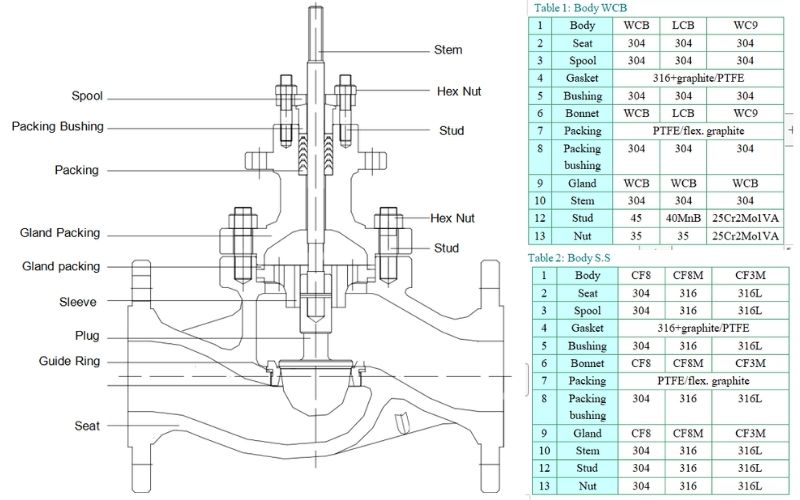
Type Method | Pneumatic diaphragm actuator | Electric actuator |
JCH23~JCH56 | 3810L series | |
Multi-spring type | Intelligent integrated type | |
Usage | Regulating type, ON-OFF type | Regulating |
Air supply pressure or Power supply voltage | Air supply pressure (Spring range) 140(20~100)Kpa G 240 (40~200) Kpa G 280 (80~240) Kpa G |
Power: AC 200V±10% 50Hz Or Power: AC 380V±10% 50Hz○1 |
Connector | Air pipe connector: RC1/4 | Nomal type: cable inlet 2-PF(G1/2〞) Explosive proof: Protection jacket PF(G3/4〞) |
Direct action | Pressure increase, stem descend, valve close. | Input signal increase, stem descend, valve close. |
Reaction | Pressure increase, stem ascend, valve open. | Input signal increase, stem ascend, valve open. |
Input signal | 40~20mA.DC(with positioner) | Input/output4~20mA.DC |
Lag | ≤1%FS(with positioner) | ≤0.8%FS |
Linear type | 2%FS(with positioner) | ≤+1%FS |
Environmental temperature |
-10℃~+70℃ | Standard type: -10℃~+60℃ With space heater○1 : -35℃~+60℃ Explosive proof: -10℃~+40℃ |
Surface coating | Green, acrylic acid polyurethane coating | Blue, acrylic acid polyurethane coating |
Accessories | E/P, P/P valve positioner, filter regulator, valve converter, solenoid valve, limited switch | Space hearter (normal type) |
Flow characteristic | Linear, percentage, quick open | ||
Allowable range | 50: 1 (CV<6.3 30: 1) | ||
Rated Cv value | Percentage CV1.6~630 ,linear CV1.8~690 | ||
Allowable leakage | Metal seal: IV grade(0.01% rated capacity) Soft seal: VI grade(foam grade) Leakage standard: GB/T 4213 | ||
Performance |
| Pneumatic | Electric |
Intrinsic error % | ±1.5 | ±1.0 | |
Return difference, % | ≤1.5 | ≤1.0 | |
Dead zone, % | ≤0.6 | ≤1.0 | |
Difference from beginning to end point, % | ±2.5 | ±2.5 | |
Rated travel difference, % | ≤2.5 | ||
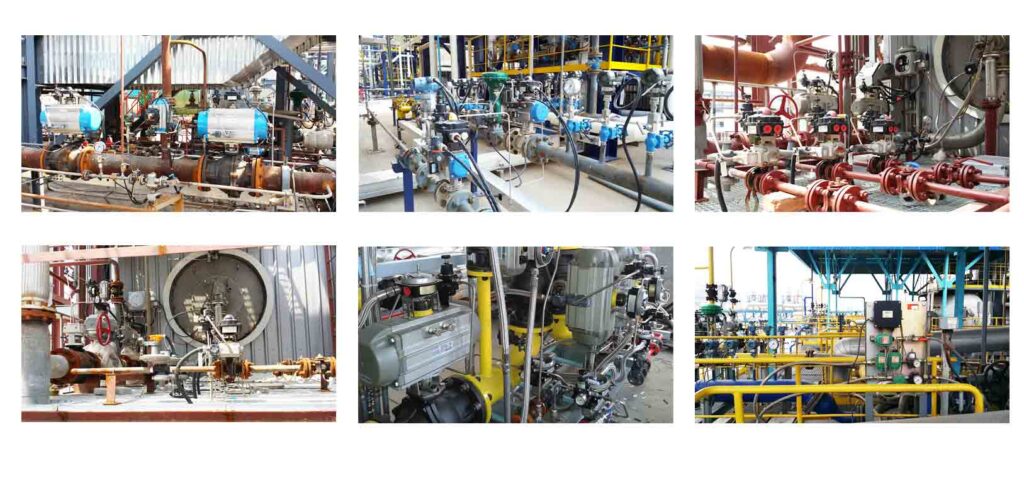
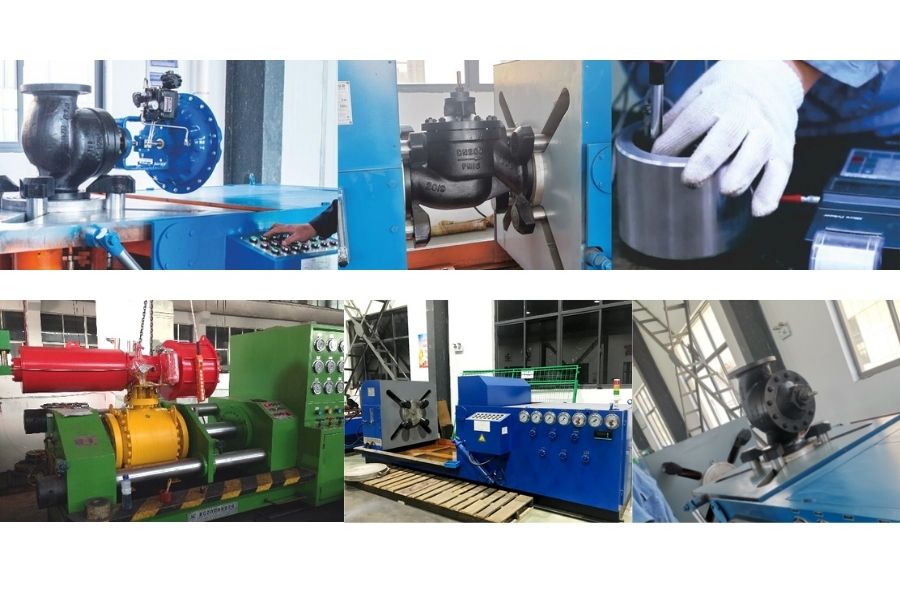
Pneumatic Control Valve -FAQ
What are Pneumatic Control Valve specifications?
There are many specifications for a Pneumatic Control Valve. Some of them are here. These specifications are general, and every valve producer can characterize their pneumatic control valve differently. And exact specification depends on the design actuation system of the Pneumatic Control Valve.
- Pressure range, i.e., in PSI, Bars, which the valve is rated to handle.
- Operating media is the type of media the Pneumatic Control Valve can safely manage and control. And sometimes it can be compressed air.
- Flow capacity is a measurement of the capacity of the valve to move the air inside the valve. CV is the flow coefficient of proportionality between the flow rate and pressure.
- Cycle rate is the number of valve cycles that a valve can operate per unit.
- Response time is needed for the Pneumatic Control Valve to switch positions once they actuated.
- Port size is a physical parameter that settles the port size and thread style.
- Coil rated voltage is an electrical actuated Pneumatic Control Valve that measures the voltage and may be ranked in AC and DC volts.
What are the types of Pneumatic Control Valve based on actuators?
You can make categories of Pneumatic Control Valve by keeping in mind the types of actuators they use. So you can see electromagnetic, mechanical, or air-operated actuators.
So let’s see what these Pneumatic Control Valves based on actuators in detail are:
Solenoid Pneumatic Control Valve:
This kind of Pneumatic Control Valve is used to open and close by responding to electrical signals. It regulates liquid in hydraulic systems and maintains airflow in pneumatic systems. If you want the proper function of the Pneumatic Control Valve, then you should keep the temperature to a specific level. If you’re working in a constantly changing atmosphere, the valve can handle the extreme temperature.
You can see its example in cars and the keys where when you turn your key, the electric signal will go to the engine, and it gets started. The valve can handle the emergence of the engine’s heat and any unfavourable weather conditions like cold weather.
Another example of solenoid Pneumatic Control Valve is dishwashers; they are used with fluids. Solenoid Pneumatic Control Valve controls the water flow and regulates watering for cleaning your plates and cups.
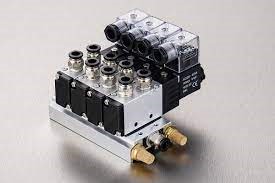
AIR operated Pneumatic Control Valve:
The Air-operated Pneumatic Control Valve design is similar to a solenoid Pneumatic Control Valve. Still, they are different as they respond to air pressure and apply force to pistons. You can see Air-operated Pneumatic Control Valve in chemical and fertilizer manufacturing factories. If you expose the chemical to the wrong substance, it can be dangerous because it can induce combustion. Usually, people use this kind of Pneumatic Control Valve is used in the system, which demands more output but doesn’t want to use electricity.
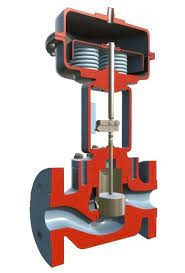
Mechanical Pneumatic Control Valve:
This kind of Pneumatic Control Valve is used manually, you can use it in systems where the use of electricity can be dangerous, and then you can safely perform the task by your hand. You can use this kind of Pneumatic Control Valve for the airflow or liquid flow.
Usually, you can operate this kind of Pneumatic Control Valve by applying energy through the movement of your hand or feet. You will use the pull or push motion or press a button with the help of your palm. Some other mechanical Pneumatic Control Valve types can be powered by lever arms or friction power. These valves are available in large sizes to handle higher flow rates.
You can take the example of the mechanical Pneumatic Control Valve for people suffering from heart disease. Such a Pneumatic Control Valve helps the blood circulation and oxygen flow in the human body. This kind of Pneumatic Control Valve increases a person’s life span.
You can see another example of a mechanical Pneumatic Control Valve in older sewing machines. In old sewing machines, they would work by the user who pressed the pedal. The energy is then transferred in a circular motion.
What are the advantages of the Pneumatic Control Valve and pneumatic system?
Pneumatic Control Valves and pneumatic systems use air to transmit and control energy. You can see Pneumatic Control valves and pneumatic systems in production lines, train doors, and mechanical clamps. Many industries can work when they specialize in pneumatic control systems. And in many cases, Pneumatic Control Valve is the driving force of an automated machine. So let’s check out the uses and advantages of the Pneumatic Control Valve in detail:
- SomePneumatic Control Valve and pneumatic systems require compressed air to fulfil their functions. They cannot operate without compressed air, and you can get compressed air from the surrounding atmosphere. The distance can make no difference, and you can easily transport air through pipes. You don’t need to recycle the compressed air when you discharge it back into the atmosphere.
- Components of Pneumatic Control Valves are not broken easily, and they are long-lasting compared to other electromotive elements.
- Pneumatic Control Valves are safe as compared to other electromotive systems. They are safer in two varieties because they are free of spark or explosion so that you can work in a safe and incombustible environment.
- Pneumatic Control Valve and pneumatic system do not overheat, so it will not burn when you overload it compared to an electromotive component
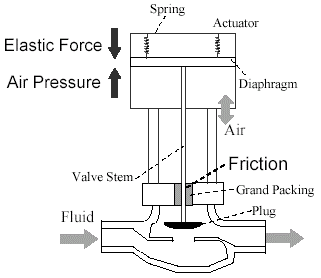
What are the types of flow Pneumatic Control Valves?
Flow Pneumatic Control Valve regulates liquid flow pressure in the pneumatic system. Now different types of flow Pneumatic Control Valves are available because each has different kinds of function. The difference between the devices allows the pneumatic system to work correctly. Two other pneumatic systems need different parts from the regular Pneumatic Control Valve.
If you want a pneumatic system to work correctly, you might know the difference between flow Pneumatic Control valves. Here are some types of flow Pneumatic Control Valve.
Needle Pneumatic Control Valve:
This kind of Pneumatic Control Valve has a needle. When you pull the hand in and out, it will allow you to control the flow rate. You can consider this monitoring Pneumatic Control Valve as a variable control valve. Then a force will push the fluid to 90degres turns.
Ball Pneumatic Control Valve:
This Pneumatic Control Valve contains a pivoting ball, which controls the flow. The valve will open its hole lined up with the flow, closing due to its handle. This kind of
Pneumatic Control Valves are reliable and long-lasting and can handle many cycles.
Butterfly Pneumatic Control Valve:
You can use this kind of Pneumatic Control Valve in two ways.
- For isolating and modulating flow.
- And the system also needs pressure drops to induce flow.
What are the basics of a Pneumatic Control Valve?
It would be best to understand an essential thing before buying a Pneumatic Control Valve for your industry. Most Pneumatic Control Valves are available with directional control valves, which can work in many aerospace, mining, and military applications. Directional Pneumatic Control Valves are pocket friendly and give you high performance, and the best thing about them is that you can rely on them for better completion of your work.
Another main Pneumatic Control Valve is the solenoid Pneumatic Control Valve which assists with installation. Some examples of solenoid valves are programmable air regular valves and modular valve stacking systems.
What are Pneumatic Control Valve's main configurations?
Many combinations of valves configurations reflect the Pneumatic Control Valve parameters. I.e., ports, switching positions, and default open or close work. When you define these configurations, you will use a standard numbering system, which may include two numbers that are usually separated by a slash (/). The first number will be the number of ports inside the valve, and the second number will represent the number of switching positions.
Let’s take an example. A 2/2-way Pneumatic Control Valve is a valve that contains two switching positions and two ports. A 3/2 –way Pneumatic Control Valve is a two-position valve that includes three ports. And a 4/2- way Pneumatic Control Valve is a valve with two switching positions and four ports. And a 5/2 –way Pneumatic Control Valve has two switching functions, and it will contain five ports.
And when we think about these options, the question about its non–actuated condition can arise, which is related to flow control. A 2/2-way Pneumatic Control Valve will be available, and usually, in a closed position, it means that when the valve is not open, it will not allow the airflow between the ports. And it would be best if you had an actuator to open the Pneumatic Control Valve.
Typically, you use a Pneumatic Control Valve of 5/3, 5/2, 4/2,3/2, and 2/2 configurations in your system.
Pneumatic Control Valve can be detented or sprig offset. In detented Pneumatic Control Valve, the valve may remain in the previous activated position till you switch it again.
Spring offset Pneumatic Control Valve will return to its starting position when you remove any actuation.
Who are the manufacturers of Pneumatic Control Valve?
When you research the top Pneumatic Control Valve manufacturing countries of the world, you will know that china is the whole Pneumatic Control Valve manufacturing country in the world. And in China, the company leading the Pneumatic Control Valve manufacturing industries in china is BCST. BCST is an internationally recognized company exporting high-quality Pneumatic Control Valve to more than 100 countries globally. The company has been manufacturing and exporting the more advanced and best quality Pneumatic Control Valves quality products for 20 years. And BCST is a company that always provides the best for its customers.
Pneumatic Control Valve controls the pressure of air and its rate. Pneumatic Control Valve and pneumatic system depend on the power of compressed air to transmit force. You can see Pneumatic Control valves in many industries working with flow applications. Some Pneumatic Control Valves can deal with gases and liquids according to the requirement of industries.
What is HVAC Pneumatic Control Valve?
When you talk about HAVC, you must know that this system is associated with heating technology and the air conditioning and ventilation process. So this kind of system should be present in every building. In this system, the thermostat uses compressed air to transfer energy. This system has air pipelines and Pneumatic Control Valves and is connected to a pneumatic control system inside the thermostat. You should always use high-quality Pneumatic Control Valves because a pneumatic control system should be reliable.
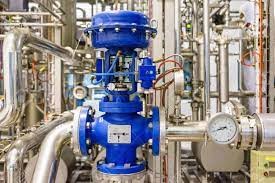
How does a Pneumatic Control Valve work in a pneumatic system?
Many pneumatic systems depend on a constant supply of compressed air to work efficiently, and you can take this air from air compressors. The compressor takes the perspective from the atmosphere and then stores this air in a high-pressure tank named the receiver. This system contains a series of pipes and Pneumatic Control Valves, and these pipes supply air to the system with the help of these pipes and Pneumatic Control Valves.
Compressed air contains a pressure between 6 kg/sqm and 8 kg/sqm.
And because of this pressure pneumatic system can develop force up to 50 km.
I.e., when you begin to operate a pneumatic system, the compressor pulls the air and forces it through pipelines, Pneumatic Control Valves, and different tools. The compressed air will actuate the piston and then push it to move.
What are open versus closed resting states in the pneumatic control valve and pneumatic system?
When the actuator is not in the active state in the pneumatic control valve system, then two-way directional offspring can take two different positions; it can either open or close. When it goes to the closed resting state, it will also stop airflow. Air can only move freely in the side pneumatic control valve when the open resting system is open. One port will always remain available in a scenario where you use a three-way pneumatic control valve. And in such cases, airflow will stop because of the closed resting state. So it means if you don’t turn on the device, you cannot even think about the movement of pressure inside the pneumatic control valve.
